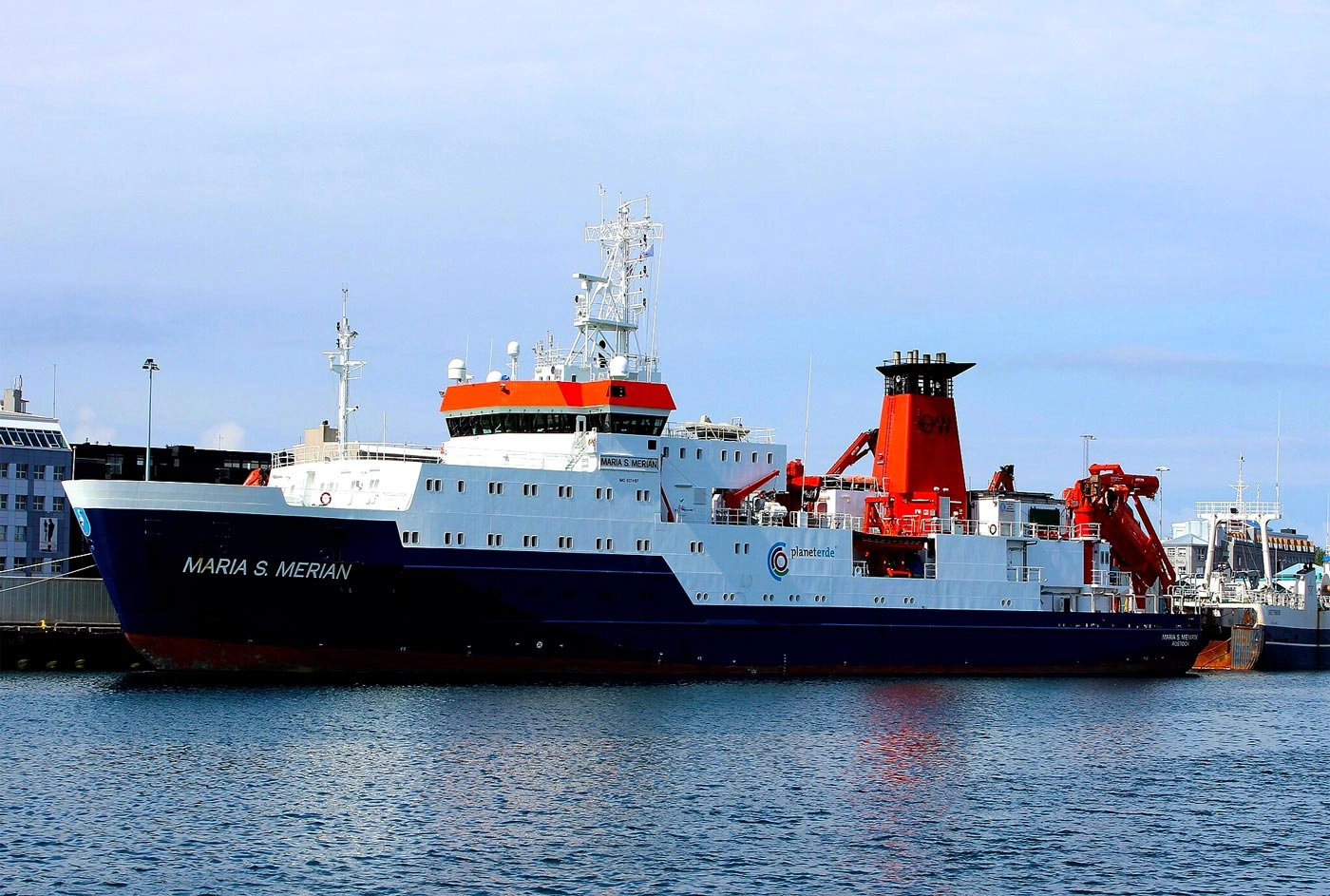Three-Week Mission To Unlock The Secrets Of Madeira’s Deep Sea
An international maritime expedition has embarked on an ambitious three-week mission. The goal? To unlock the secrets of Madeira's deep sea. The 22-member team, representing five nationalities, is working aboard the Merian, one of the most advanced research vessels. Their primary focus is understanding jellyfish's role within the deep-sea food chain.
The expedition about to finish is equipped with a remotely operated vehicle (ROV) capable of diving up to 2,000 meters. Researchers are optimistic about their findings, potentially including the identification of entirely new species!
5th Expedition To Date In The Last 50 Years
This expedition marks only the 5th deep-sea expedition in the Macaronesian region in the past half-century. Madeira's unique location offers unparalleled access to the deep sea, with depths exceeding 200 meters just a short distance from the coast.
“Madeira is already a large research vessel in the middle of the Atlantic, that is, it has privileged access to the deep sea. In other words, if we swim 200-300 meters away from the coast, we already have the deep sea beneath us.”
João Canning-Clode, coordinator of Maré Madeira-Arditi
Has The Expedition Discovered New Species?
While the expedition is nearing its end, the initial assessment is highly promising. "Early indications suggest the discovery of various pelagic organisms, potentially new records for the region, and possibly even entirely new to science," shared a researcher involved in the mission. However, confirmation of the exact species will require further analysis after the campaign concludes.
What Are Pelagic Organisms?
Pelagic organisms are living organisms that inhabit the open water of oceans, seas, and other large waters. The term "pelagic" is taken from the Greek word "pelagos," meaning open sea. Pelagic organisms can be categorized into two main groups, based on their ability to actively swim and move within the water:
Nekton: These are organisms that are capable of swimming and are not passively transported by water currents. Fish, marine mammals (such as dolphins and whales), squid, and some crustaceans are examples of nektonic organisms. Nektonic organisms are often strong swimmers and have adaptations that allow them to actively move through the water to find food and mate.
Plankton: These are organisms that are unable to swim against water currents and are, therefore, mostly at the mercy of ocean currents. Plankton can be further divided into phytoplankton and zooplankton:
Phytoplankton: These are microscopic, photosynthetic organisms, primarily consisting of algae and cyanobacteria. They form the base of the marine food chain by converting sunlight into energy through photosynthesis.
Zooplankton: These are tiny animals that drift with ocean currents. Zooplankton includes various types of small organisms, such as tiny crustaceans, larvae of larger animals, and small jellyfish.
Pelagic organisms play a crucial role in marine ecosystems, contributing to nutrient cycling, food, and overall ecosystem health. Understanding the dynamics of pelagic ecosystems is essential for managing and conserving marine resources.
Source: Expresso.pt








Comments